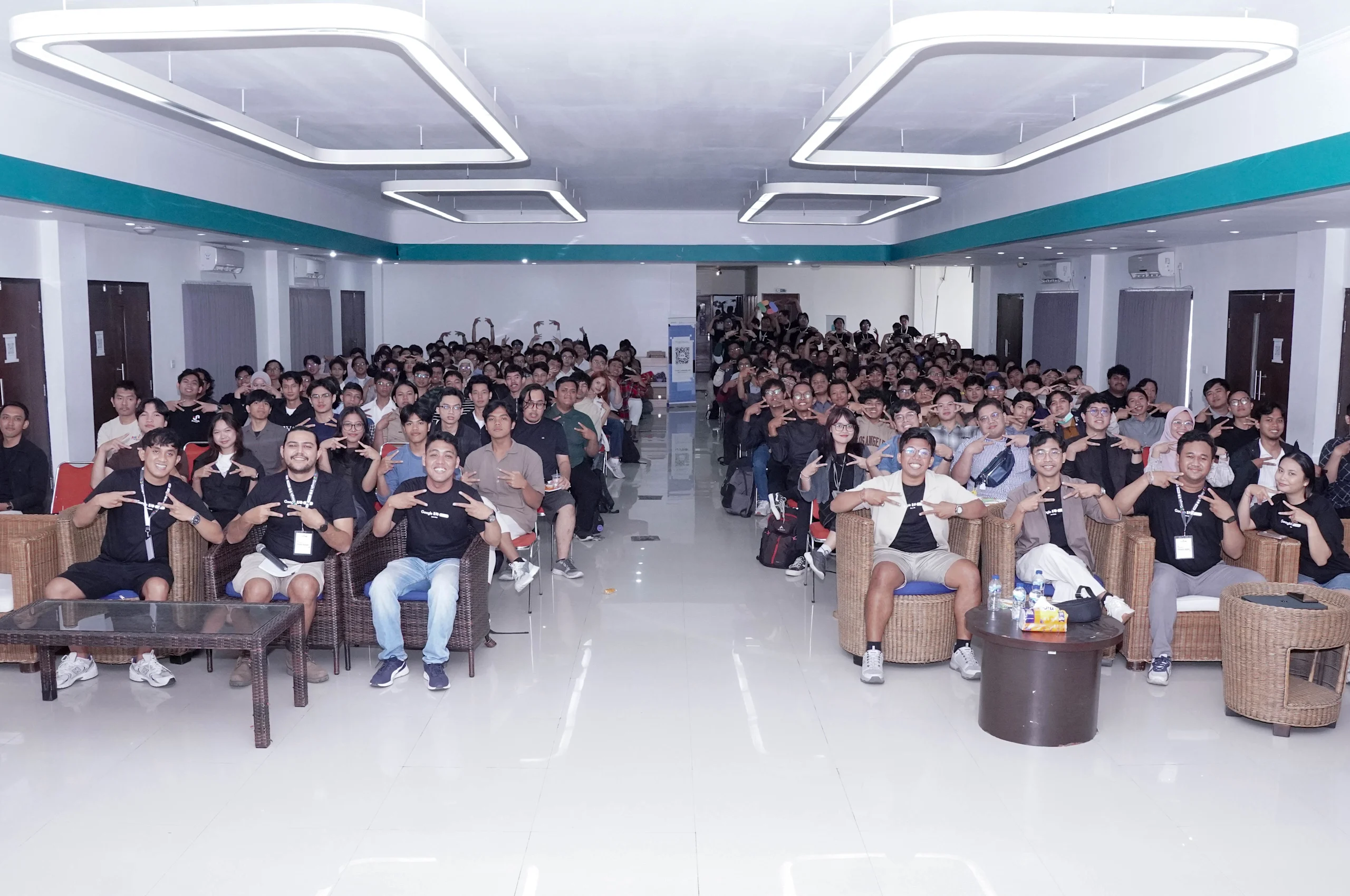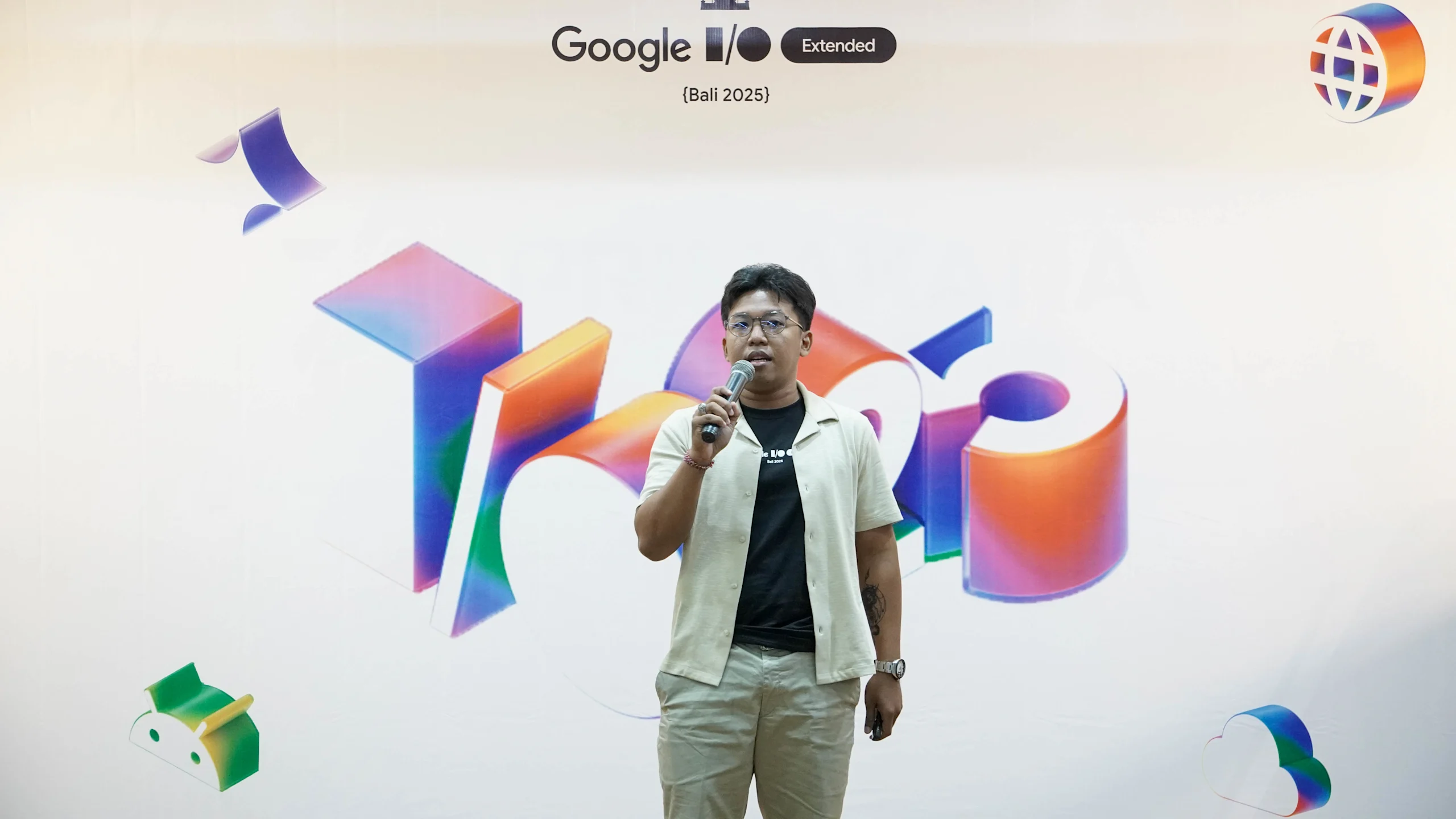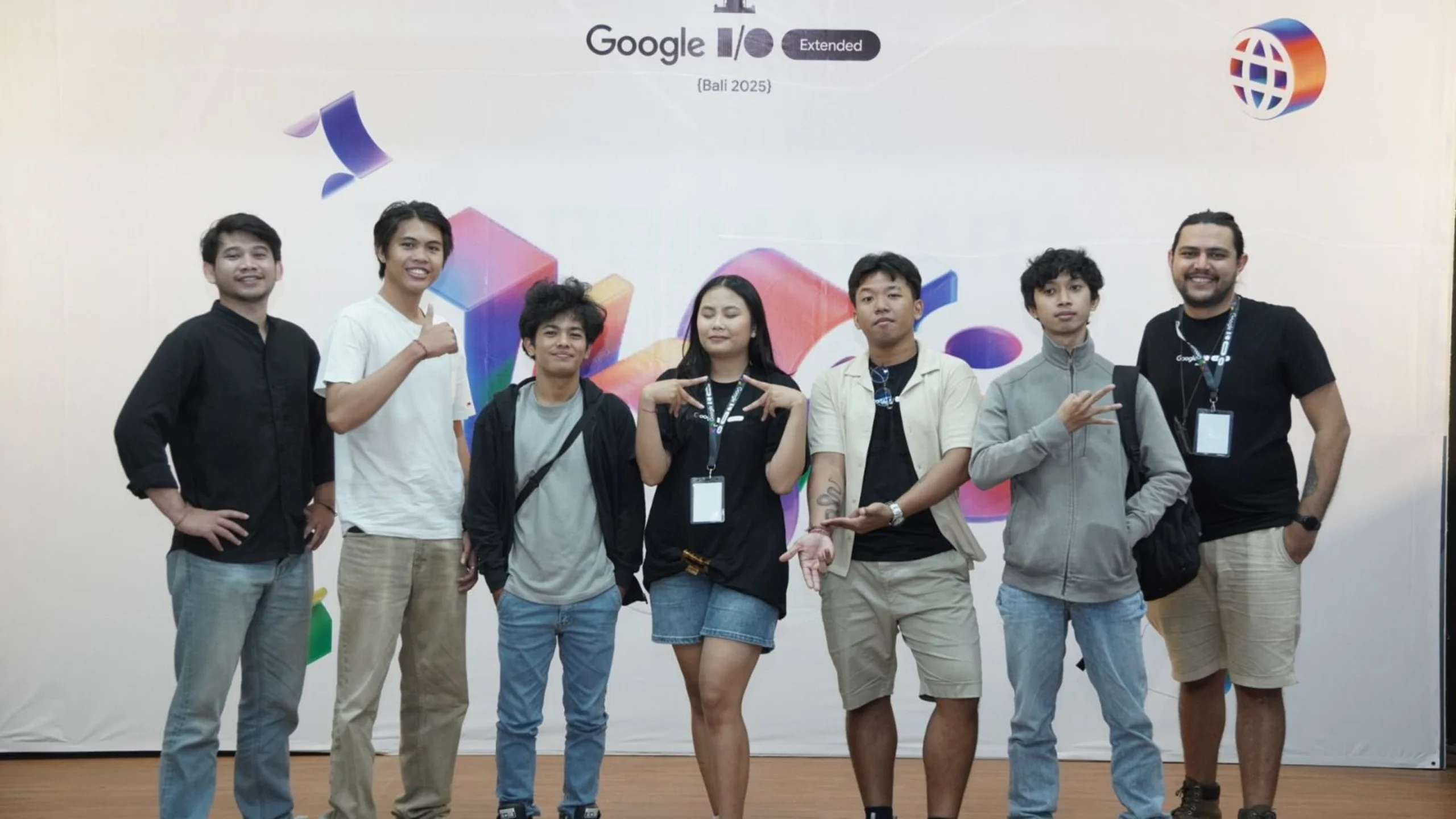

Wahyu Ivan
Frontend Engineer
3 min read
August 1, 2025
From Browser to AI: Bringing Chrome’s built-in AI to the web at Google I/O Extended Bali 2025
Google I/O Extended Bali 2025, held on August 2, 2025, was buzzing with talks on AI, the web, and everything in between. Among the highlights of the event, I delivered a session—while also representing Incentro Asia Pacific—showing how web developers can start using the latest Chrome built-in AI features, not in some “maybe in 5 years” way, but in ways you can literally try today.

The session wasn’t just another “AI is the future” talk. Instead, I delivered a live, hands-on dive into APIs that are already here, quietly sitting inside Google Chrome—ready to translate, summarize, rewrite, proofread, and even run custom prompts; all on-device, without shipping any of your data to the cloud. You may have heard, you may not; it’s the new built-in AI feature in Google Chrome.
Why Chrome built-in AI for web developers changes the game
Up until recently, if you wanted AI in your web app, you had to:
- Host or subscribe to a model
- Pay for inference calls
- Deal with latency
- Worry about sending sensitive user data to external servers
Chrome built-in AI flips that on its head. The AI model, or Gemini Nano in Chrome, lives inside the browser, runs locally, and can be accessed directly through new JavaScript APIs. This means: faster responses, private processing, and zero deployment headaches.
The real features, not the marketing fluff
Let’s skip the vague buzzwords and look at what Chrome built-in AI can do today. These aren’t hypothetical ideas or “coming soon” teasers; Gemini Nano in Chrome is real APIs, already inside Chrome, that you can start digging into right now. And because they run on-device, the speed and privacy are built in by default.
The APIs
Language Detector API & Translator API
Translating text between languages and detecting a user’s input language instantly and privately are made easier with these APIs. They’re perfect for multilingual chat, comment sections, or global user bases.
Summarizer API
Generate a clean summary of an article, a long chat thread, or documentation. Whether it’s bullet points or a short paragraph, it’s all on-device.
Writer & Rewriter API
This API is great for assisted writing flows in apps. Simply create text drafts or rephrase existing content to change tone, style, or length without altering the meaning.
Proofreader API
Spot grammar, spelling, and punctuation mistakes and suggest corrections, with explanations baked in.
Prompt API
If you need something beyond the task-specific APIs, Prompt API lets you interact with Gemini Nano in Chrome directly using your own prompt engineering, right from a web app or extension.
How I showed it in action
My session at Google I/O Extended Bali 2025 was packed with live preview demos of Chrome built-in API, like:
- Translating a user’s comment before it even hits the backend.
- Summarizing a multi-paragraph product description into three concise bullet points.
- Rewriting marketing copy to fit a friendlier tone.
- Running a custom prompt via Prompt API to generate structured JSON from raw text.

Everything ran within Chrome, no third-party AI API keys, no network calls; just the browser doing the heavy lifting. You just sit back, relax, and let Google Nano work its charm.
The crowd’s reaction
It started with curiosity, “Wait… AI in the browser without calling OpenAI?” and ended with developers imagining ways to ship the new built-in feature in Google Chrome without touching their backend. While some wanted instant translation in their e-commerce apps, others thought about summarizing internal reports before they reach managers.

Conclusion
The bigger picture
Here, I’m not merely talking about Gemini Nano in Chrome replacing your AI provider overnight, but exposing another tool that web developers can leverage; one that’s private, offline-capable, and ridiculously easy to integrate.
The session proved one thing: if the browser itself can run AI locally, the way we design, build, and even think about web apps is about to change. And for developers, that’s an opportunity worth grabbing now, not later.
And of course, a shoutout to the full Incentro Asia Pacific engineering team who came out to Google I/O Extended Bali 2025 in full force. Having the crew in the audience, cheering, asking sharp questions, and swapping ideas after the talk made the whole experience even better.


